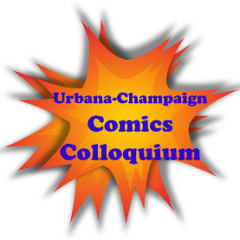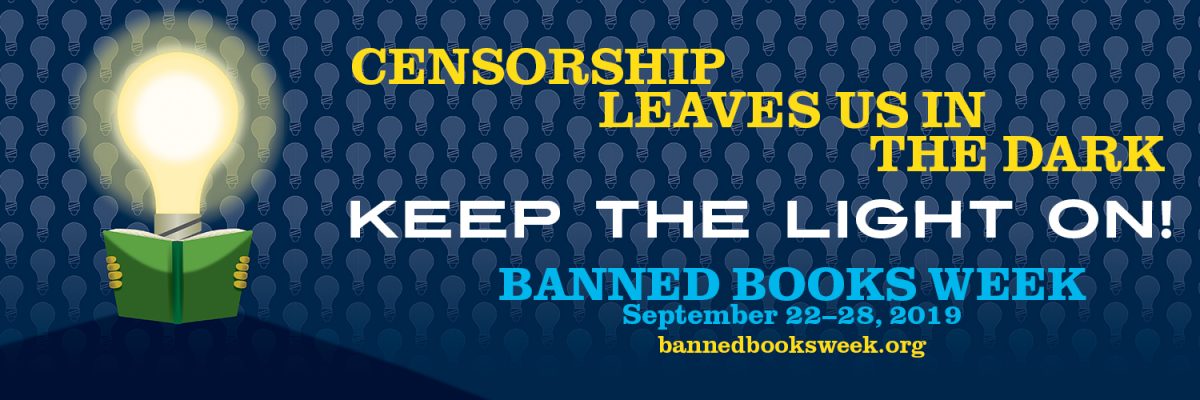September 22-28 2019 is Banned Books Week. Comics and graphic novels are among the most frequently banned and challenged books in the United States. To help draw attention to comics, we asked members of the U-C Comics Colloquium to share some information about their favorite banned or challenged comics. Read on to learn more about the comics we dare to read!
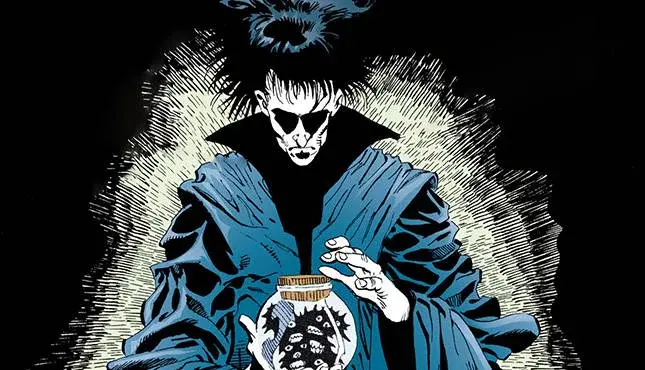
DoMonique Arnold, Uni High School Librarian
I didn’t really grow up reading comic books, and one day wondering shelves of the Undergraduate library, I decided to give The Sandman: Preludes and Nocturnes a try. WOW, it blew my mind with the complexity of story and the emotional depth. I really loved dark, gothic things at the time, and so this was right up my alley. I became engrossed in those stories, and it kicked off what has become my deep interest and love for comic books, and the amazing things that books in this format can do.
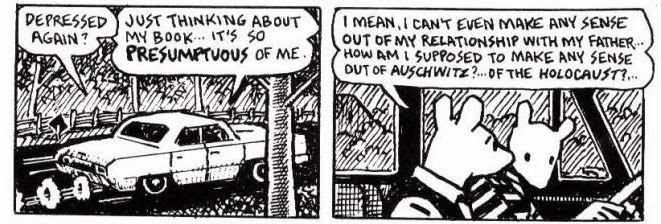
Mara Thacker, South Asian Studies Librarian
It’s surprising to think that a graphic novel that comes with all the respectability of winning a Pulitzer prize (the first graphic novel to do so) but Maus by Art Spiegelman is listed in the CBLDF database as having been challenged by the Pasadena Public Library in Pasadena, California as being “anti-ethnic and unsuited for age group”. Maus was the first graphic novel I ever read and it holds special meaning for me as the grand daughter of a Holocaust survivor. I was fairly young the first time I read it and it was one of the first times I understood the Holocaust as more than just a horrifying number. Understanding the horrors of the Holocaust on a more visceral level helped me understand why my family didn’t want to talk about it but at the same time talking about the book was an entry point into talking about our family history.
JJ Pionke, Applied Health Sciences Librarian
While Maus wasn’t the first graphic novel I ever read, it was the one that made me understand that graphic novels could focus on serious topics. In this case, Maus is a graphic memoir of a father’s time in the Holocaust and how his son makes sense of his father as a person and his father’s experience. Years later, when I taught the Holocaust as a special topics course, I assigned Maus and the class discussion around the book had a profound effect on the students in terms of their understanding of the impact of the Holocaust on people and societies.
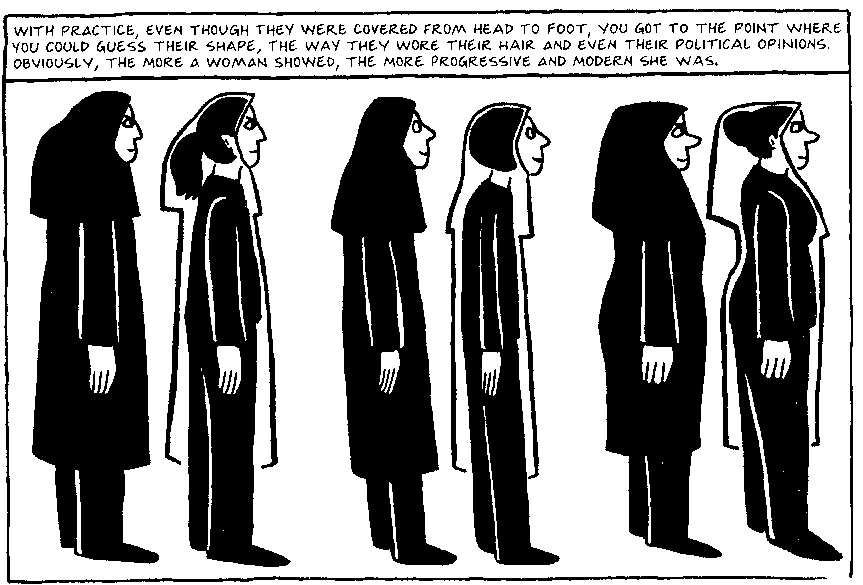
Cait Coker, Curator of Rare Books and Manuscripts
Everyone talks about Atwood’s The Handmaid’s Tale as a nightmare for women, but Persepolis is the real world version: young Marjane watches her world change after the revolution in Iran: her academic parents lose their jobs; her uncle is tortured and then disappears; a modern city becomes medieval almost overnight. Growing up in the deep south, the threat of theocratic government never seemed that far away in the 1980s and 1990s, and this series of four books, originally written in French and published in the early 2000s, underscores how threats to democracy can be dismissed—until they can’t. Satrapi’s autobiographies have been challenged for their unflinching portrayal of real events (eg. language and violence, though neither is particularly graphic), as well as for being sympathetic portrayals of Muslims and Islam in the post-9/11 world.
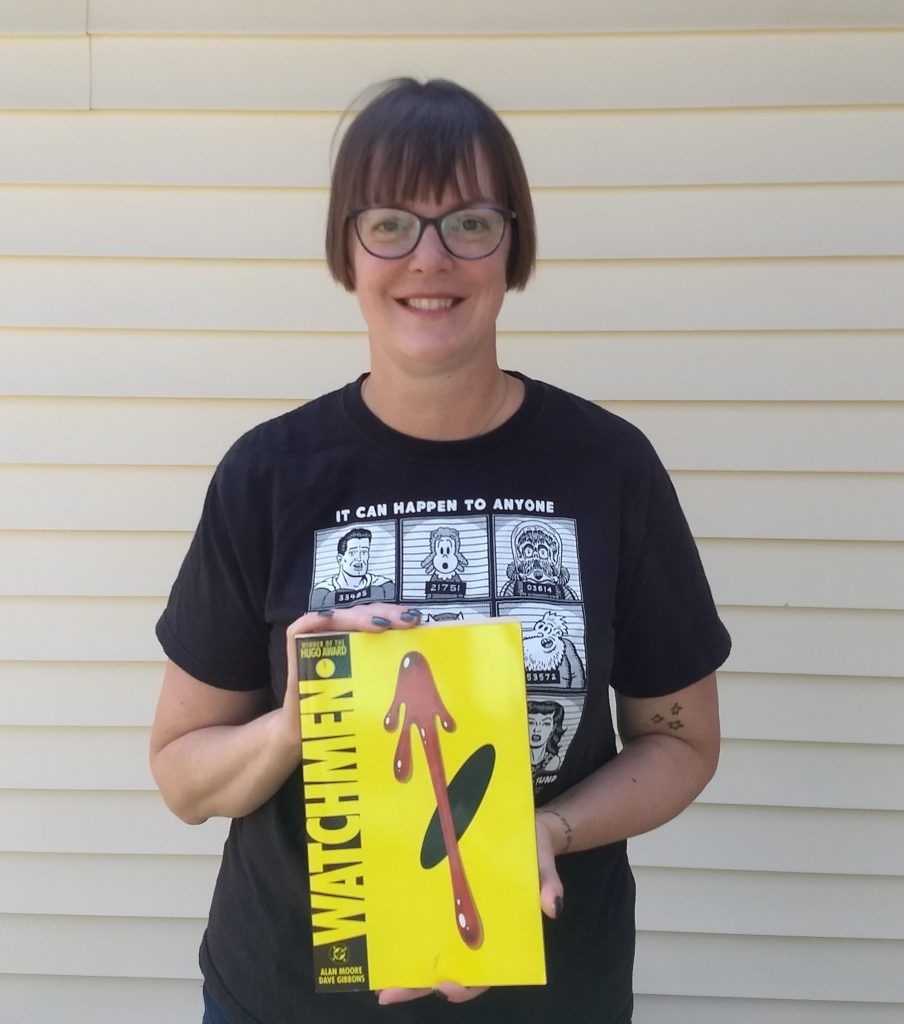
Kelli Jean Trei, Biosciences Librarian
The Watchmen by Alan Moore & Dave Gibbons was one of the first graphic novels I read. I had checked out individual issues of other comics and was just dipping my toes into that world and while I enjoyed them, they always struck me as fairly formulaic. The Watchmen takes the superhero genre to task, and builds a world so complex it requires multiple readings to truly appreciate. It is also the only time I’ve read a comic within a comic. The Watchmen has won multiple awards, including a Hugo Award in 1988 and was on Time’s List of the 100 Best Novels as one of the best English language novels published between 1923 and 2010.

Spencer Keralis, Digital Humanities Librarian
The relationship between teen heroes Hulkling and Wiccan is a sweet and charming representation of young queer love. But in 2019 Rio de Janeiro Mayor Marcelo Crivella’s attempted to ban Young Avengers: The Children’s Crusade from the city’s local book fair over the couple’s iconic kiss, even ordering a police raid of the event. The move earned him a stern rebuke from Brazil’s Supreme Court, and a local newspaper published the offending image extra large on their front page. Representations of positive gay relationships are rare in comics, and rarer in superhero genres, which makes protecting stories like this even more important. Representation matters, and especially in comics!
